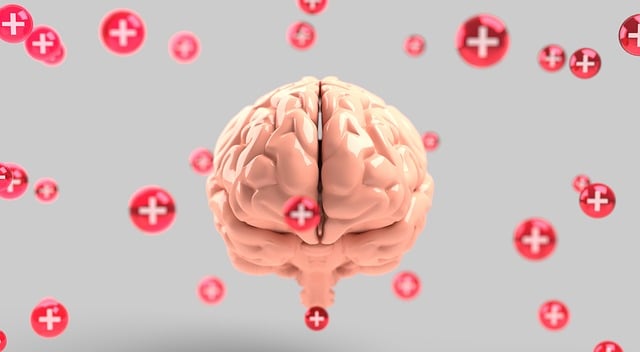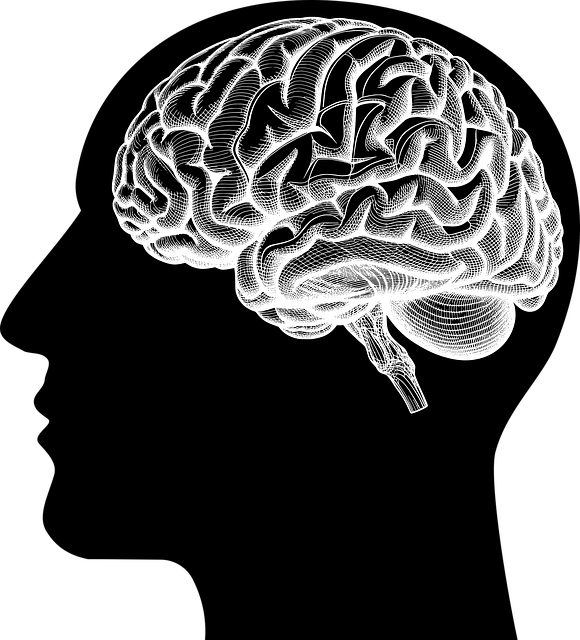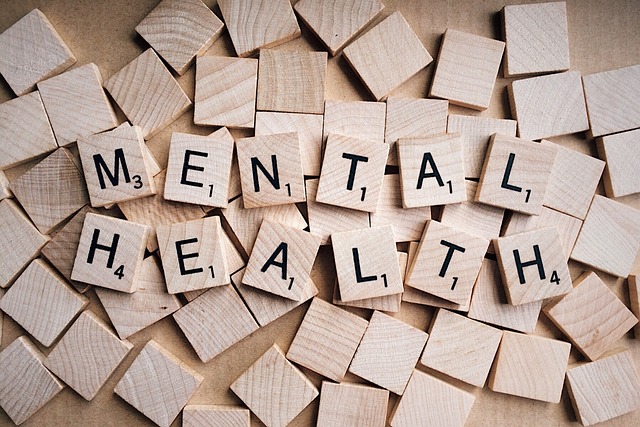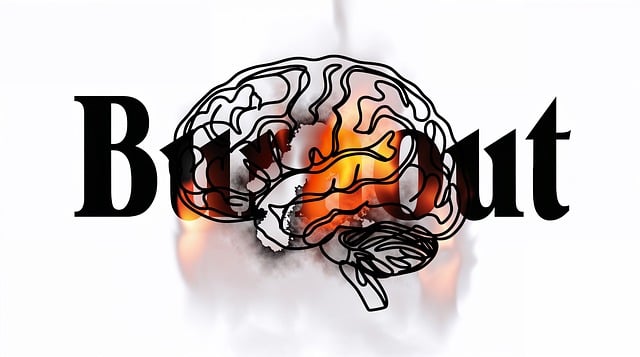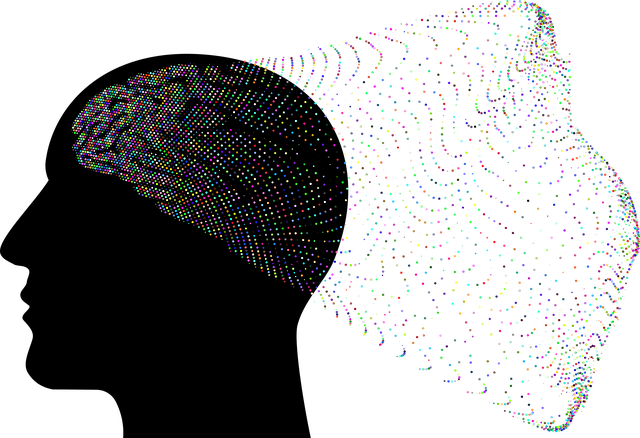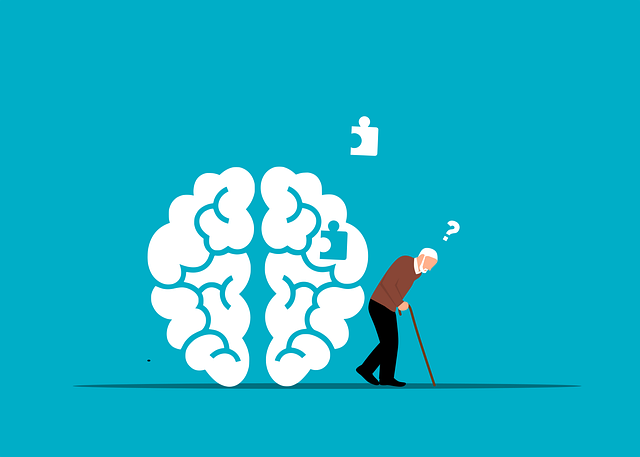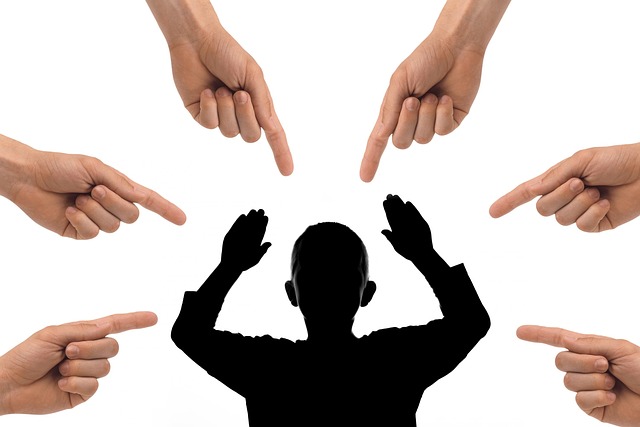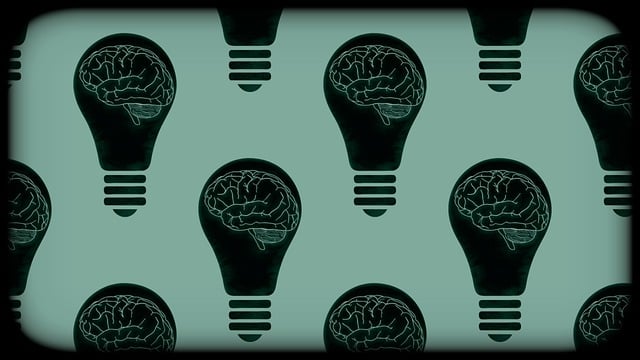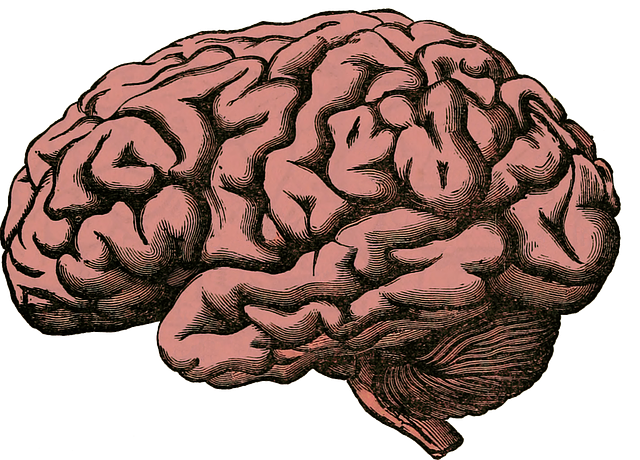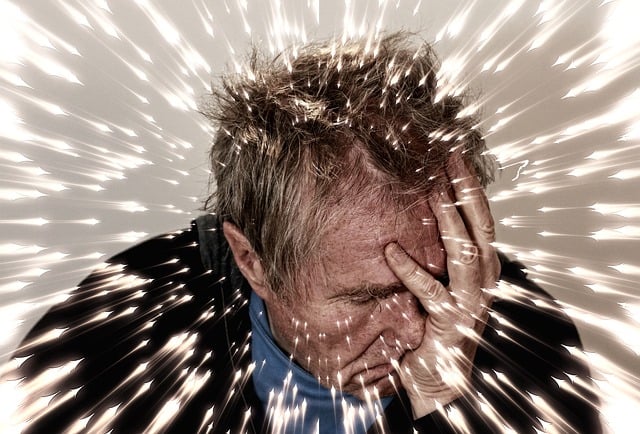The media's portrayal of mental health significantly impacts public perception, especially regarding vulnerable populations like the elderly with chronic pain. Accurate and positive representations can reduce stigma and encourage open conversations about mental illness. To counter negative stereotypes, initiatives such as Healthcare Provider Cultural Competency Training, Stress Management Workshops, and Mental Wellness Coaching Programs are vital. These strategies aim to improve therapy accessibility for elders with chronic pain, enhance their mental health outcomes, and encourage them to seek necessary support, ultimately fostering empathy and understanding through diverse storytelling.
Mental illness representation in media significantly influences public perception and understanding of mental health. This article delves into the profound impact of media portrayal on how society views and treats mental disorders. We examine the current state of media, highlighting common misrepresentations that contribute to stigma. By presenting effective strategies for positive change, we advocate for more accurate and sensitive depictions. Additionally, we explore therapeutic approaches tailored for addressing chronic pain in elders, offering a holistic view towards alleviating their unique challenges.
- Understanding the Impact of Media Portrayal on Mental Health Perception
- The Current State: How Media Often Misrepresents Mental Illness
- Effective Strategies for Positive Change in Media Representation
- Therapeutic Approaches for Addressing Chronic Pain in Elders: A Holistic View
Understanding the Impact of Media Portrayal on Mental Health Perception

The media plays a significant role in shaping public perception about mental health, especially for vulnerable populations like the elderly with chronic pain. Positive and accurate representation in films, television shows, and news can encourage open conversations about mental illness, reduce stigma, and promote understanding. Conversely, negative or stereotypical portrayals can perpetuate misconceptions, leading to further isolation and fear among individuals struggling with their mental wellness. For example, depicting elderly characters solely through a lens of dementia or depression without exploring the nuances of their experiences may hinder viewers’ ability to empathize and recognize the diversity within this demographic’s mental health challenges.
Given the influence of media, integrating initiatives like Healthcare Provider Cultural Competency Training, Stress Management Workshops Organization, and Mental Wellness Coaching Programs Development can be transformative. These strategies ensure that content creators and healthcare professionals alike are equipped to represent mental illness responsibly. By fostering a more nuanced understanding through these programs, society can move towards better supporting elders with chronic pain, encouraging them to seek therapy when needed, and ultimately improving their overall mental health outcomes.
The Current State: How Media Often Misrepresents Mental Illness

Media often perpetuates misinformed stereotypes when portraying mental illness, contributing to stigma and misunderstanding in society. Common portrayals tend to reduce complex conditions to simplistic narratives, focusing on extreme behaviors or dramatic breakdowns. This can lead to an oversimplification of symptoms, making it difficult for viewers to grasp the nuances of various mental health challenges. For instance, chronic pain, which significantly impacts the elderly population, is frequently overlooked or inadequately represented as solely psychological rather than a legitimate physical condition.
Such misrepresentation hinders efforts to destigmatize mental illness and can discourage individuals from seeking necessary support. It’s crucial to recognize that media has the power to shape public perception, making accurate representation vital. By promoting more authentic narratives, media can encourage empathy, foster understanding, and ultimately drive positive change in how society perceives and supports those facing mental health struggles, including older adults suffering from chronic pain who may benefit from therapy and stress reduction methods or coping skills development through community outreach program implementation.
Effective Strategies for Positive Change in Media Representation

Media representation plays a pivotal role in shaping societal perceptions and understanding of mental illness. To foster positive change, several effective strategies can be implemented. One key approach is to promote diverse storytelling that accurately reflects the experiences of individuals with various mental health conditions, including those often overlooked populations such as older adults suffering from chronic pain. By integrating characters and narratives that resonate with wider audiences, media platforms can reduce stigma and encourage empathy.
Additionally, providing educational content through documentaries or awareness campaigns can offer valuable insights into different mental wellness journeys. Encouraging viewers to engage in self-reflection is another powerful tool; for instance, incorporating prompts for journaling exercises within entertainment media can facilitate discussions about anxiety relief and resilience building. These strategies not only enhance overall mental wellness but also guide audiences towards seeking appropriate therapy if needed, especially for chronic pain management in elders.
Therapeutic Approaches for Addressing Chronic Pain in Elders: A Holistic View

Addressing chronic pain in elders requires a holistic approach that integrates both physical and mental wellness strategies. Therapy for elders with chronic pain should encompass not just managing symptoms but also enhancing overall mental wellness. This involves cognitive-behavioral therapy (CBT), which helps individuals challenge negative thought patterns, thereby boosting confidence and improving coping mechanisms. By integrating CBT with other therapeutic modalities, healthcare providers can offer comprehensive care tailored to each elder’s unique needs.
Moreover, ensuring that healthcare provider cultural competency training is robust is essential in delivering effective treatment. Understanding the psychological aspects of chronic pain, such as its impact on quality of life and mental health, enables caregivers to provide more empathetic support. This holistic view not only alleviates physical discomfort but also fosters a sense of dignity and improved lifestyle for elders suffering from chronic pain conditions.
Media representation of mental illness plays a pivotal role in shaping public perception and understanding. By highlighting effective strategies and therapeutic approaches, such as those addressing chronic pain in elders, we can foster more accurate and empathetic portrayals. It is essential to note that positive change in media representation is achievable through collaboration between industry professionals, advocates, and consumers who demand more nuanced storytelling. Together, we can create a media landscape that not only reflects the diversity of mental health experiences but also offers hope and support for those facing challenges like chronic pain.
